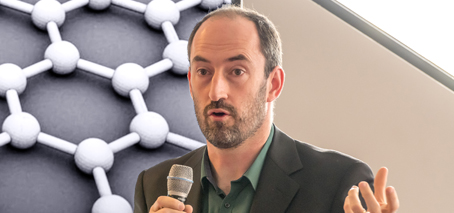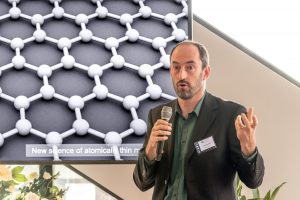
Prof Jared Cole explained the science behind FLEET at the Centre Launch, 12 June. This is Jared’s speech.
When using an electronic device to watch tv, listen to music, model the weather or any other task that requires information to be processes, there are millions and millions of binary calculations going on in the background.
There are zeros and ones being flipped, added, multiplied and divided at incredible speeds.
The fact that a microprocessor can perform these calculations billions of times a second is exactly why computers have revolutionised our lives.
However, information processing doesn’t come for free.
Physics tells us that every time we perform an operation, for example adding two numbers together, we must pay a cost. An energy cost.
This means that performing mathematical calculations must consume some energy.
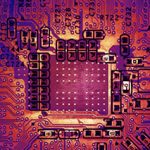 This cost of doing calculations isn’t the only energy cost of running a computer. In fact, anyone who has every actually used a laptop on their lap will attest that most of the energy gets converted to heat. This heat comes from the resistance that electricity meets when it flows through a material. It is this wasted energy due to electrical resistance that FLEET hopes to minimise.
This cost of doing calculations isn’t the only energy cost of running a computer. In fact, anyone who has every actually used a laptop on their lap will attest that most of the energy gets converted to heat. This heat comes from the resistance that electricity meets when it flows through a material. It is this wasted energy due to electrical resistance that FLEET hopes to minimise.
Running a computer will always consume some energy but we are a long way away (several orders of magnitude) from computers that are as efficient as the laws of physics allow.
So the question is, what is the new science that underpins FLEETs approach to this problem? Several recent advances give us hope for entirely new solutions to this problem of energy usage. It comes down to new materials and new concepts.
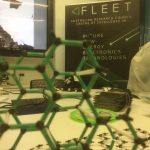
Graphene was the first atomically-thin material to be discovered
One of the recent steps forward in physics and materials science is being able to build and control materials that are only one or a few atoms thick. When a material forms such a thin layer and the movement of electrons is confined to this sheet, the rules governing how electricity flows are completely different. Most excitingly for FLEET, this allows the possibility of electricity flowing without resistance. There are a range of different materials that show this property (or might show it). FLEET will study new atom-thick materials, and structures of these materials stacked one on another to give new properties.
There is also an exciting conceptual leap that helps us understand this property of electricity flow without resistance. This idea comes from a branch of mathematics called “topology”.
Mathematicians love to study shapes. They’ve done this for thousands of years.
Topology tells us how to compare shapes, what makes them the same and what makes them different. Image a coffee cup made from soft clay. You could slowly squish and squeeze this shape until it looks like a donut. The hole in the handle of the cup become of the hole in the donut, the rest of the cup gets squished to form part of the donut. Topology tells us that donuts and coffee cups are equivalent because we can deform one into the other without cutting it, poking holes in it, or joining pieces together.
It turns out that the strange rules that govern how electricity flows in thin layers can be understood in terms of topology.
This insight was the focus of the 2016 Nobel prize and this new science is now driving an enormous amount of current research in physics and engineering.
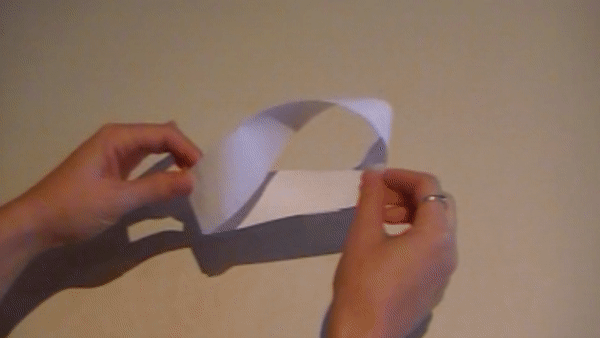 FLEET has been set up to take advantage of these new materials and new insights to develop the next generation of low-energy electronics devices, which will be based on topological science to allow electricity to flow with minimal resistance.
FLEET has been set up to take advantage of these new materials and new insights to develop the next generation of low-energy electronics devices, which will be based on topological science to allow electricity to flow with minimal resistance.
Our work on basic, fundamental science then feeds directly into immediate applications for low energy electronics, underpinning new technology for the decades and centuries.
Prof Jared Cole explained the science behind FLEET at the Centre Launch, 12 June. This is Jared’s speech.
More information

